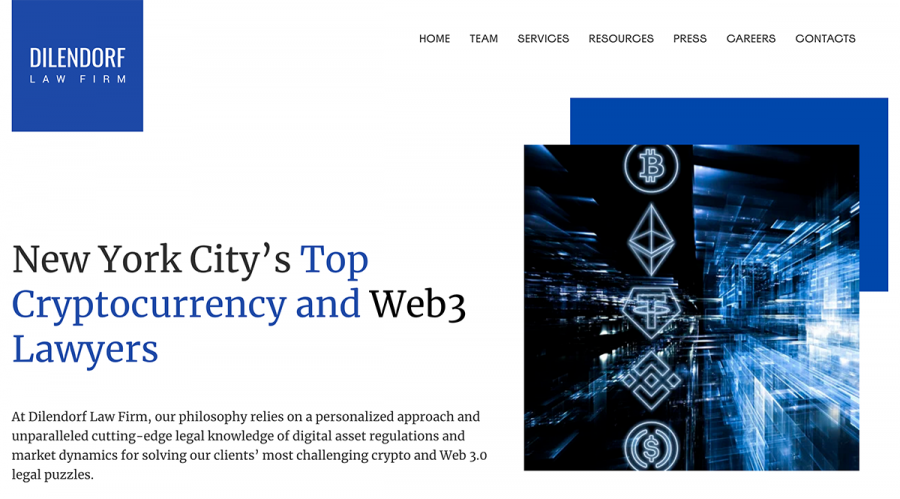An REO foreclosure, or real estate-owned foreclosure, is when a bank or lender sells a property it owns after the property underwent a foreclosure and failed to sell to the public at a foreclosure auction.
Key Takeaways
- Real estate-owned (REO) foreclosures are properties owned and sold by banks or lenders because borrowers defaulted on their mortgages.
- REO property can also be the result of borrowers with a reverse mortgage passing away.
- REO foreclosures may offer buyers lower prices on a home, but the properties are often sold in “as is” condition so they may need repairs or renovations.
Definition and Example of REO Foreclosure
A real estate-owned (REO) foreclosure refers to a property that undergoes foreclosure, fails to sell at auction, and becomes owned by a bank or lender that tries to sell it as quickly as possible.1
For example, say Michelle bought a home with a $400,000 mortgage but lost her job and still owed $300,000. After a few months of missed payments, her lender issues a notice of default (NOD). As a result, the lender loses the $300,000 that it lent to Michelle but could recoup it by selling the property.
Michelle’s lender then tries to sell the property at a public auction but it doesn't sell. At that point, the home became REO property and the lender puts it up for sale below market price to try and sell it quickly.
A few days later, Sally, a prospective home buyer, sees the REO listing and submits an offer. When Michelle’s lender accepts the offer, Sally takes ownership of the home, which means it is no longer considered an REO property. In this scenario, Sally’s payment helped Michelle’s lender recover the amount that it lost with Michelle.
How REO Foreclosures Work
A property becomes an REO property when the homeowner fails to make their mortgage payments and the lender forecloses on the property. While foreclosed properties are often first offered to the public at foreclosure auctions, they become REO properties if they don’t sell. Ownership then officially goes to the lender, who will try to sell it.2
Note
Properties can also potentially become REO if the owner of the home passes away while holding a reverse mortgage.
A bank or lender can take ownership of the property after foreclosure because it extended a mortgage to the borrower that was secured by the property.
When the borrower can’t pay as agreed, the lender isn’t at a total loss because they can take ownership of the property and sell it to cover their losses. While a foreclosure auction can help the lender or bank to recoup their costs more quickly and easily, it doesn’t always pan out. In that case, they have to take full ownership of the property, take care of any taxes, liens, or evictions, and try to sell it by putting it on the market.
Pros and Cons of Buying an REO Foreclosure
Now that you know how REO foreclosures work, should you consider buying one? Here are some of the pros and cons to consider:
-
Good price
-
No homeowners involved
-
High potential returns for investors
-
No title liens or taxes owed
-
Sold in “as is” condition
-
High competition
Pros Explained
- Good price: As a buyer, it’s important to understand that banks and lenders don’t want to have REO property. When they do, it means a borrower defaulted and they need to cover their losses. Being so, they often price the property low in an effort to sell it as fast as possible. As a buyer or investor, this can help you to find a great deal.
- No homeowners involved: You can expect a quick, hassle-free negotiation experience as you’re not working with homeowners who have a personal attachment to the property.
- High potential returns for investors: With generally lower prices, REO properties can also yield higher profits for buyers who want to resell them, perhaps after renovating or remodeling.
- No title liens or taxes owed: Banks and lenders will typically clear up any title liens or tax issues, which can help to alleviate concerns. However, it’s always wise to double-check.
Cons Explained
- Sold in “as is” condition: The urgency of banks and lenders to get REO properties off their books also comes with a downside. These homes are often sold “as is.” While you can get an inspection, you’ll usually need to make some repairs or renovations before they’re move-in ready.
- High competition: With the lower price, you are likely to face some competition from other buyers, so be prepared with a strategy.





